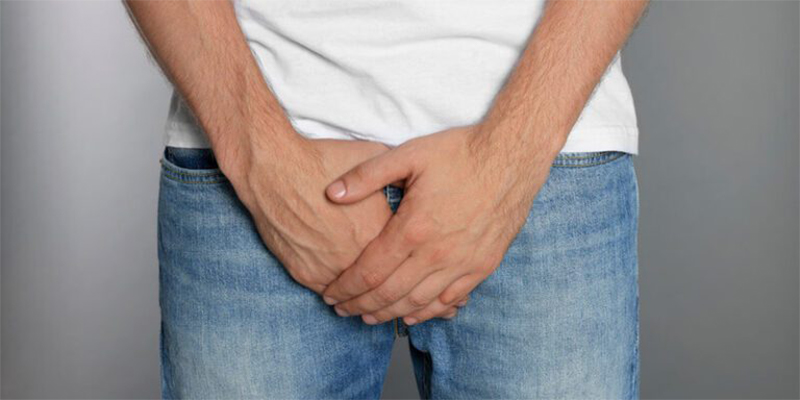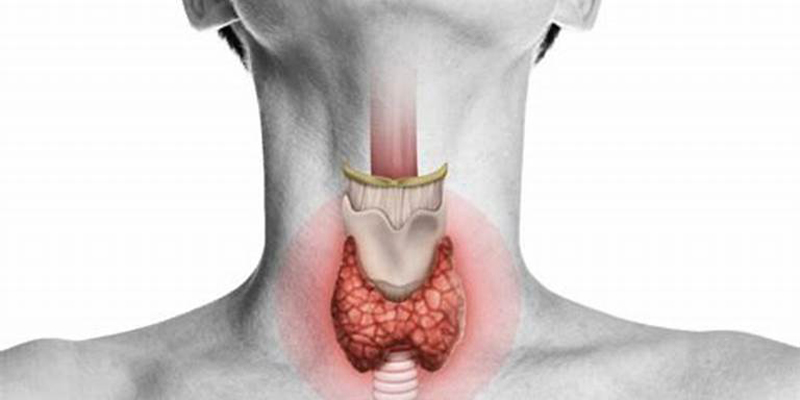Maintaining the vaginal pH balance is essential as it indicates the overall vaginal health. Scientists measure the acidic and alkaline levels of substances through pH.
The pH scale ranges from 0 to 14, with levels less than 7 considered acidic, a pH of 7 classified as neutral, and levels greater than 7 considered basic. A balanced pH is somewhere between 3.8 and 4.2. However, it can vary with age and during menstruation. Moreover, a high vaginal pH may cause infections.
Causes of unbalanced vaginal pH
Several conditions and infections lead to increased pH levels that can affect the vaginal pH balance.
Let’s look into a few of the causes:
Bacterial vaginosis – a medical condition that is a result of presence of too much bacteria in the vagina. Further, increasing the pH levels of the vagina. As a result, this condition may cause itching, burning or pain in the vagina.
Douching – it means washing the vagina using solutions containing vinegar or baking soda. Moreover, these claim to reduce vaginal odour but instead, worsen the smell as they wash out the good bacteria giving way to more infections.
Menopause – compared to women of reproductive age, postmenopausal women may have slightly higher vaginal pH. Further, reduced oestrogen levels during menopause also affect vaginal pH.
Other vaginal infections – infections other than bacterial vaginosis like Trichomonas vaginalis and group B Streptococcus, also cause an increase in vaginal pH.
Menstruation – actually during menstruation, the blood can increase vaginal pH levels as blood has a higher pH than the vaginal environment.
Presence of semen – semen may temporarily increase the pH level when it enters the vagina, as it is basic. whereas, the vagina is acidic in nature.
Taking antibiotics – to kill harmful bacteria people use antibiotics, which in turn kill good bacteria as well, resulting in unbalanced vaginal pH.
Urinary tract infections (UTIs) – a person having high vaginal pH increases the risk of developing a UTI. Further, lower oestrogen levels during menopause also can result in UTI.
Remedies for unbalanced vaginal pH
You can test pH levels at home using home-testing kits available at pharmacies. However, you can also take several other steps at home to reduce pH levels.
Let’s read through some of them:
Avoid harsh soaps and douching – soaps have high pH, usage of which increases vaginal pH. Cleansing the vulva with warm water is always best.
Regularly Change tampons – It is always preferred and suggested to change tampons every four to eight hours. This helps in reducing the risk of bacterial infections.
Protected sex – protections such as condoms or dental dams prevents semen and other fluids from affecting pH levels in the vagina.
Avoiding scented products – risk of yeast infections increase due to the usage of sprays, bubble baths, scented pads or tampons.
Consuming less sugar – avoid excess sugar in foods and drinks as it leads to higher pH levels.
Wearing cotton underwear – it is recommended to wear cotton underwear since synthetic fabrics trap sweat and moisture, which allows bacteria and yeast to grow.
Managing stress – cortisol disrupts the acid-base balance in the vagina, stress increases cortisol. Regular exercise, a healthy diet, and enough sleep are some stress busters.
Staying hydrated – dehydration leads to itching around the vagina or worsen yeast infections. Therefore, the consumption of plenty of water helps flush toxins.
Garlic – garlic has antibacterial and antifungal properties. In fact, when eaten as part of a healthy diet, garlic is generally safe. Moreover, oral garlic supplements are also available. Further it’s best not to use garlic directly in and around the vagina.
Apple Cider Vinegar (ACV) – since ACV is antibacterial and antifungal, many people prefer to add into their health routine. Furthermore, individuals should only take it by mouth. Moreover, it may be harmful to the vaginal pH balance if used directly on the vagina.
To Conclude
Therefore, it is clear that our daily habits can help us keep vaginal pH balanced. It’s always best to get checked by a doctor if you observe any vaginal discomfort or unusual symptoms.





